Calisthenics: The Many Benefits Explained
Calisthenics offers a wide variety of benefits that are useful regardless of who is performing the exercise. While basic effects such as muscular hypertrophy and improved isometric capabilities are obvious, more specific benefits are also achievable with the right selection of calisthenic exercises.
What is Calisthenics?
Before going further into the kind of benefits calisthenics offers, we should first understand what calisthenics even is.
In the broadest of definitions, calisthenics is a form of resistance training where the majority of resistance is derived from the exerciser’s own body - often against the flow of gravity or by contorting the body in a way that creates tension in certain muscle groups.
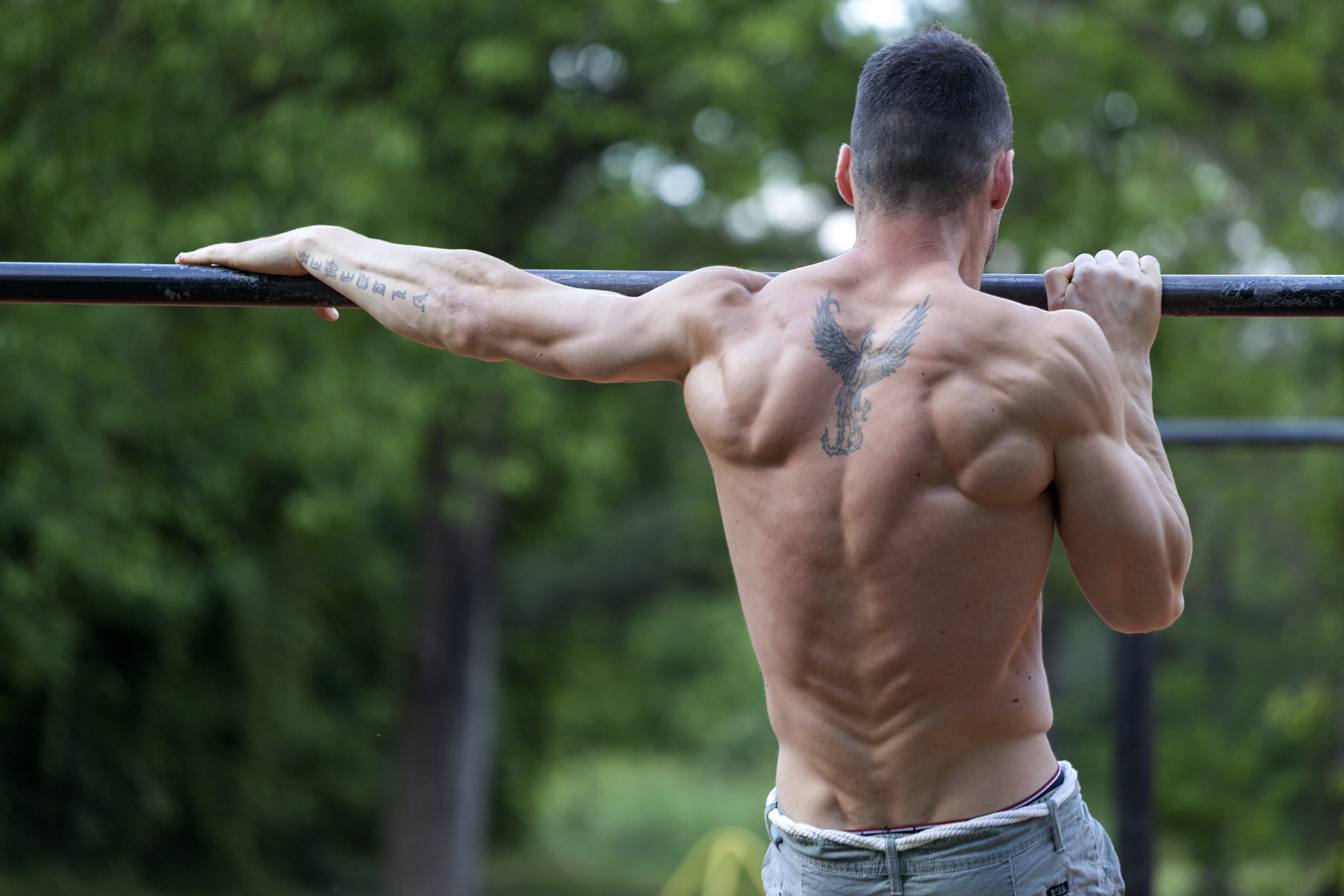
Most calisthenics movements will target multiple muscle groups simultaneously, and require little to no equipment or advanced familiarity with resistance training mechanics.
Calisthenics exercises are highly accessible and quite low-risk, making them perfectly suitable to all, including the most novice of exercisers and the most experienced of athletes.
That being said - for the sake of safety, it is important to perform each individual exercise with perfect form, and to consult your doctor prior to beginning a calisthenics regimen.
Benefits of Calisthenics
Anybody Can Do Calisthenics, Anywhere
The first and arguably most defining benefit of calisthenics is the fact that it requires little to no equipment or specific location. While most other forms of resistance training need things like barbells or padded flooring, calisthenics exercises need only a sufficiently spacious area to be performed.
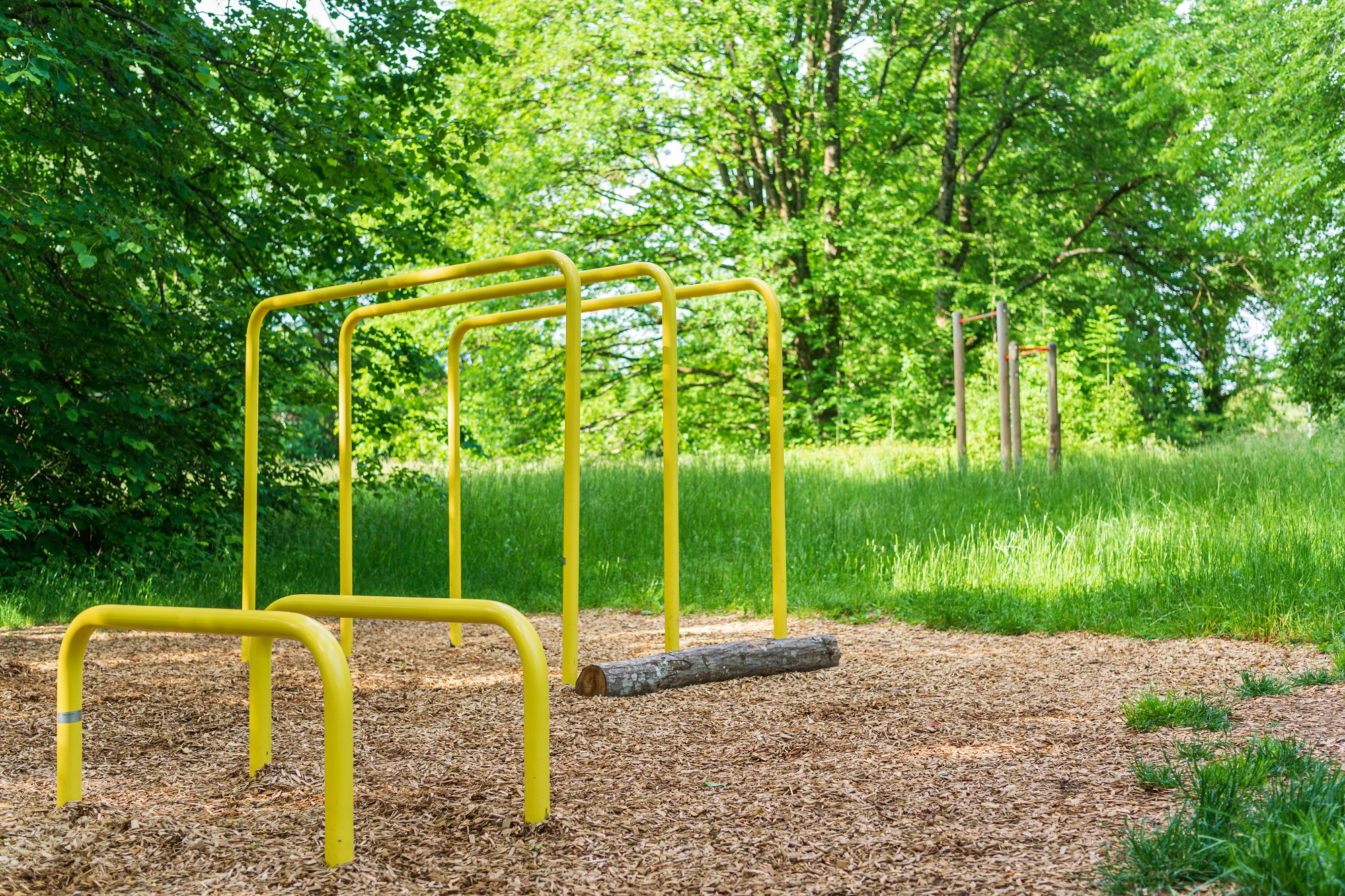
While this isn’t to say that all calisthenics exercises use no equipment whatsoever, it does indeed mean that it is the ideal form of resistance training for individuals on vacation, on a budget or those with limited options.
In addition, the majority of entry-level calisthenics movements are simple and low-risk enough to be readily available to the majority of healthy individuals - unlike basic weighted exercises, which come with an inherent risk if performed improperly.
Equipment Used to Take Calisthenics Further
Although many calisthenics exercises can be performed with no equipment at all, individuals wishing to take their training even further can invest in several pieces of equipment that allow for more advanced exercises to be performed.
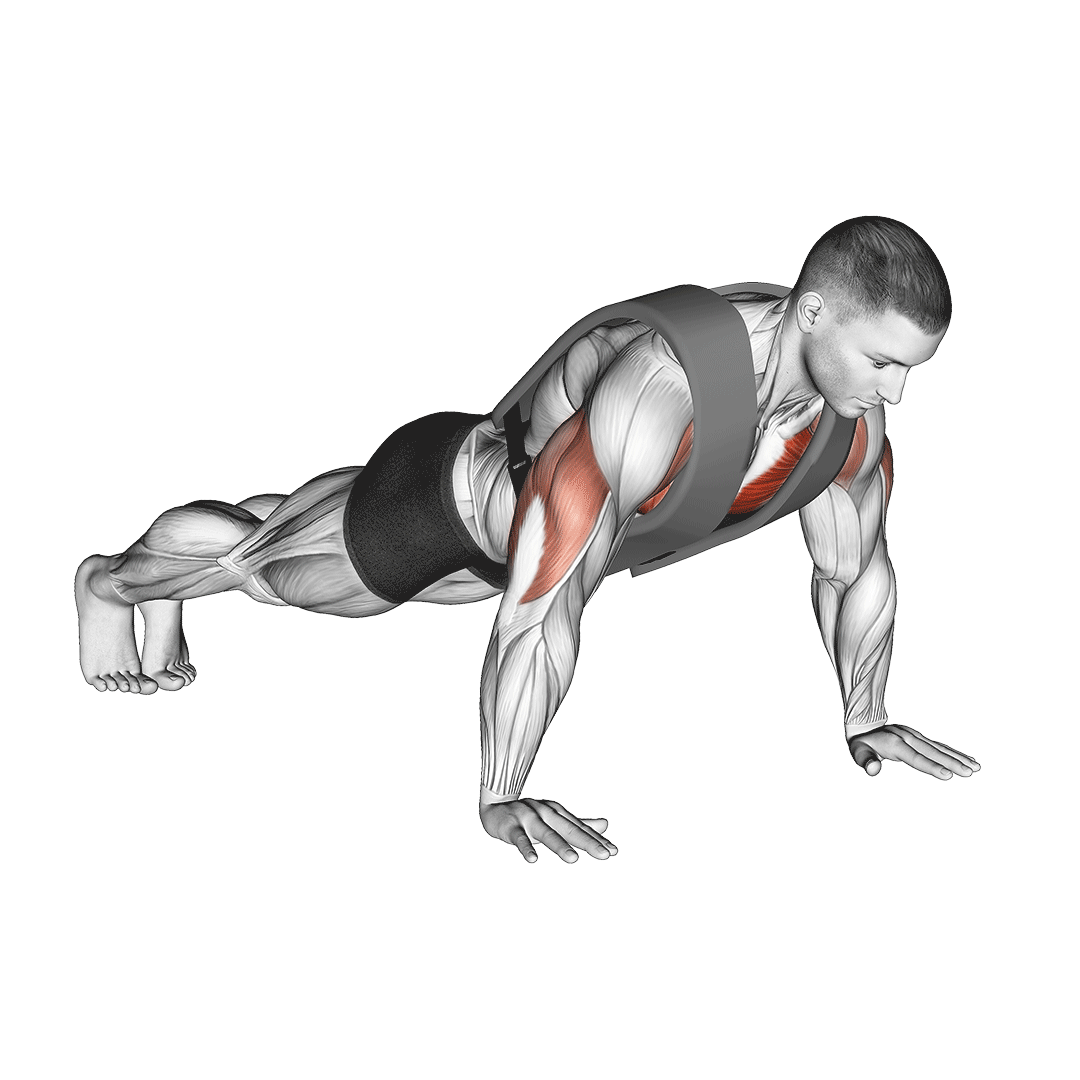
Pull-up bars and parallel dip bars are the most obvious choice, but progressive overload can also be made easier with the addition of wearable weights, resistance bands or small items that can up the intensity of the workout, such as push-up handles.
Builds Muscle With Compound Movements
The majority of individuals participating in calisthenics do so for the purposes of building up muscle. Whether it be the excellent hypertrophy that comes on account of high training volume, general full-body strength or some more sports-specific goal - calisthenics is perfect for developing muscle.
Calisthenics is particularly useful for building up functional muscular strength and endurance, as most of its exercises require significant isometric contraction and are performed for high volume.
However, due to the nature of most calisthenic exercises (i.e. multi-joint and highly dynamic), there are actually very few isolation exercises available. Instead, the majority of calisthenics movements are of a compound nature, and will target multiple muscle groups simultaneously.
Emphasis on the Largest Muscle Groups
Because most calisthenics exercises are compound movements, they primarily target the largest muscle groups found in the body.
Muscles like the latissimus dorsi, quadriceps femoris, glutes, triceps brachii and pectorals are known to receive the greatest benefit from calisthenics training - whereas smaller muscles with a shorter range of motion like the calves or forearms may not be trained to the same degree.
Lengthy and Challenging Progression Exercises
Progression is a vital aspect of any good training program, as it counters the body’s capacity to adapt to stimulus over time.
Without intentional and thought-out progression, exercisers will find that the benefits they receive from their training will begin to stall and eventually stop - or what is otherwise known as a training “plateau”.
Although it is entirely possible to just keep increasing the number of repetitions per set, calisthenics also manages to maintain the flow of progression by allowing athletes to steadily perform more and more complex exercises.
Many novice calisthenics athletes will begin with a standard push-up and, after a long period of training, eventually find themselves performing planches or handstand push-ups.
Not only does this equate to steady development of the muscles, but it also enables the exerciser to become more familiar with biomechanics and bodily control as well.
Why Calisthenics Progression is Unique
Calisthenics approaches progression in a unique way, as other resistance training methodologies like powerlifting simply focus on increasing how much weight is lifted over time.
While this obviously does indeed work, it comes with its own set of drawbacks and may be too specific for functional use outside of the gym or a powerlifting meet.
Because bodyweight athletes can’t reasonably add weight to their exercises, the next best solution is to perform progressively more creative and demanding exercises - a characteristic that is primarily unique to calisthenics.
Directly Carries Over to Real World Activities
As was touched upon in the previous benefit, calisthenics is excellent for building up the sort of training stimulus that carries over to real world activities.
In addition to building stronger and more enduring musculature, calisthenics offers a number of additional benefits that help the exerciser protect themselves and enhance performance in various activities.
This includes athletic sports or physically demanding jobs.
Reduction in Future Injury Risk
Although not quite to the same extent as weighted exercise, calisthenics help strengthen the connective and osseous tissues of the body. This leads to more flexible and durable joints, as well as bones that are less likely to be damaged when subjected to pressure.
Mechanical Carryover
Many of the movements involved in calisthenics exercise replicate those found in real life. Pull-ups mimic the act of rock climbing, and bodyweight squats are performed in much the same way a biomechanically-natural squat is done.
This produces “carryover” or what is otherwise known as the benefit of having practiced a similar action previously, thereby allowing the exerciser to do so in a more efficient and effective manner.
Posture Improvements
Regularly performing calisthenics exercises can improve posture in two primary ways:
- The first from strengthening of the muscles responsible for proper posture.
- The second by improving the exerciser’s awareness of their own body.
While improved posture is clearly useful in daily life, calisthenics also allows practitioners to maintain proper posture in activities that may otherwise cause their posture to break down, such as while running on a track or picking an item up from the floor.
Cognitive and Psychomotor Skill Development
Like most other forms of physical training, calisthenics has the capacity to improve the exerciser’s less obvious skills - such as those of balance, proprioception, dexterity, coordination and other skills that are not necessarily being directly trained.
This carries over to other activities outside of calisthenics as well, and can even help the exerciser perform non-calisthenics resistance training.
In addition, progressing through a calisthenics training program helps individuals build the discipline and confidence that may be needed elsewhere in their life, as regularly performing any sort of exercise is clinically proven to help in both aspects.
Perfect Training Tool for Endurance and Stability
Calisthenics is particularly useful when used for building up muscular strength and general body stability, as many calisthenics exercises are performed in a manner that directly develops both aspects of muscular function.
Isometric muscular strength and volume capacity notwithstanding, calisthenics also improves aerobic function alongside strengthening the joints of the body - both of which also contribute to physical endurance and stability.
Circulatory System Improvements
Like all forms of exercise, calisthenics aids in improving the function of the circulatory system. With regular training, exercisers will find that their resting heart rate is lower, their blood pressure more within healthy ranges and their number of blood cells at a more optimal level.
In turn, this will result in greater endurance as the body becomes more efficient and oxygen absorption and general circulatory/metabolic function.
Of course, if you have any sort of health condition, it is best to first consult your doctor prior to engaging in exercise.
Reinforces Joint Strength and Flexibility
As was touched upon previously, calisthenics elicits adaptation in the bones and connective tissues of the body - resulting in greater mobility, flexibility and a somewhat lower risk of injury.
Synergizes Perfectly With Other Kinds of Resistance Training
Even in workouts that don’t quite center around calisthenics, bodyweight exercises complement other training methods quite well due to their wide-reaching effects and low-impact nature.
Combining Calisthenics with Athletic Training
Calisthenics exercises like jumping jacks, step-ups and jump squats all elicit the same explosiveness and power as many popular athletic training movements. When used within the same workout, they help athletes push their training further without the need for further strain, equipment or excessive impact on the joints of the body.
Calisthenics and Aerobic Training
Calisthenics can be used alongside aerobic training to help break up the monotony of long cardio workouts, or to otherwise help build muscle mass alongside the non-muscular benefits of general aerobic exercise.
Calisthenics and Weighted Exercise for Muscle Mass
Calisthenics exercises are also frequently paired with more modern (and weighted) resistance training methods so as to facilitate warm-up routines, increase training volume and limit excessive fatigue or risk of injury.
Most Popular Calisthenics Exercises
While there are numerous calisthenics exercises to explore, the following ones are commonly encountered as they serve as the foundation for more advanced variations.
Push-Ups
Perhaps the most iconic calisthenics movement is the push-up - a simple compound exercise employed to train the muscles of the chest, shoulders and triceps with high volume sets.
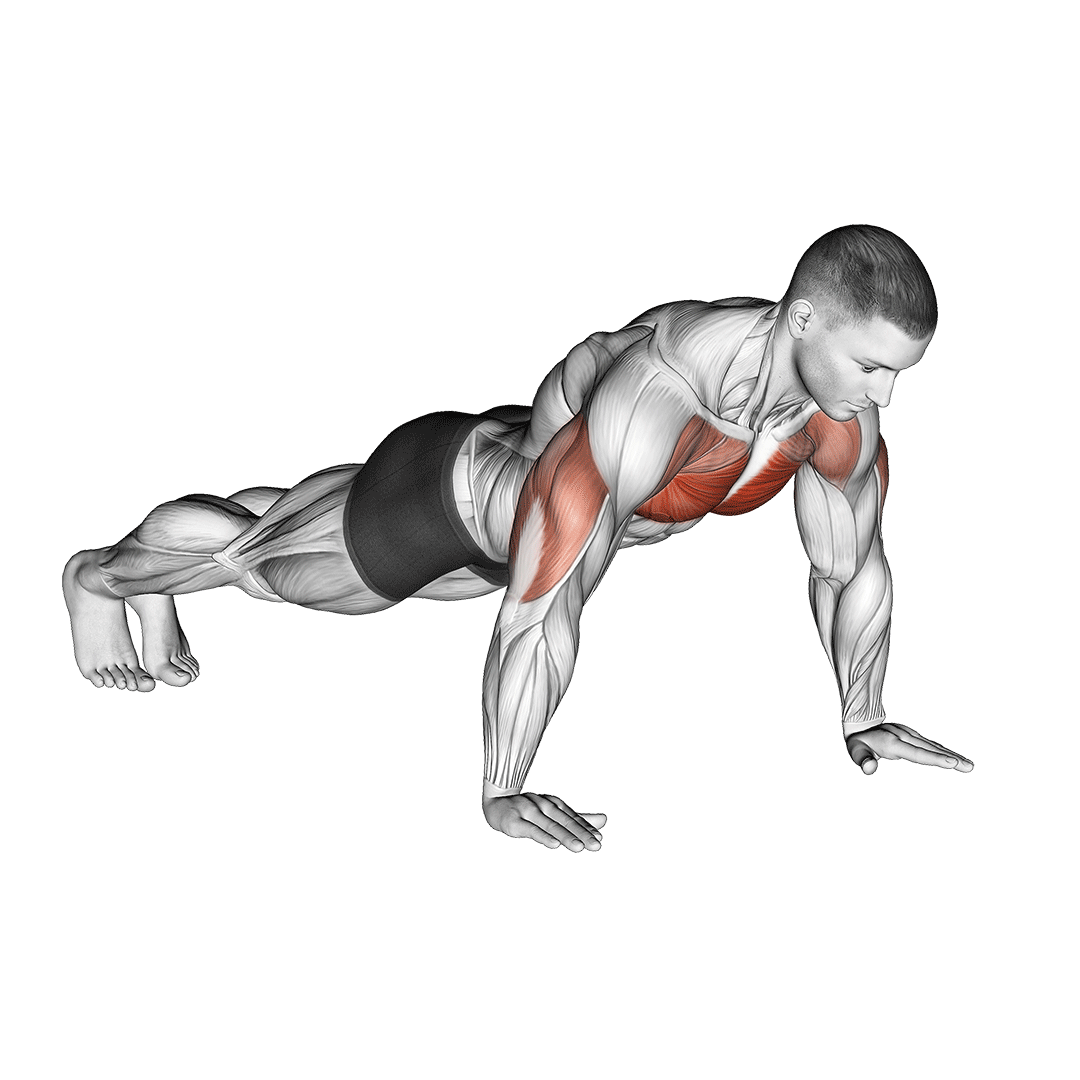
It is performed with the exerciser lying on the ground in a plank position and lowering their chest towards the floor, before pushing upwards and returning to the plank position once more.
Dips
Somewhat less common but nonetheless just as useful as push-ups; dips are a type of body weight exercise where the exerciser will suspend themselves between two parallel bars and lower their torso between their hands prior to raising themselves back up.
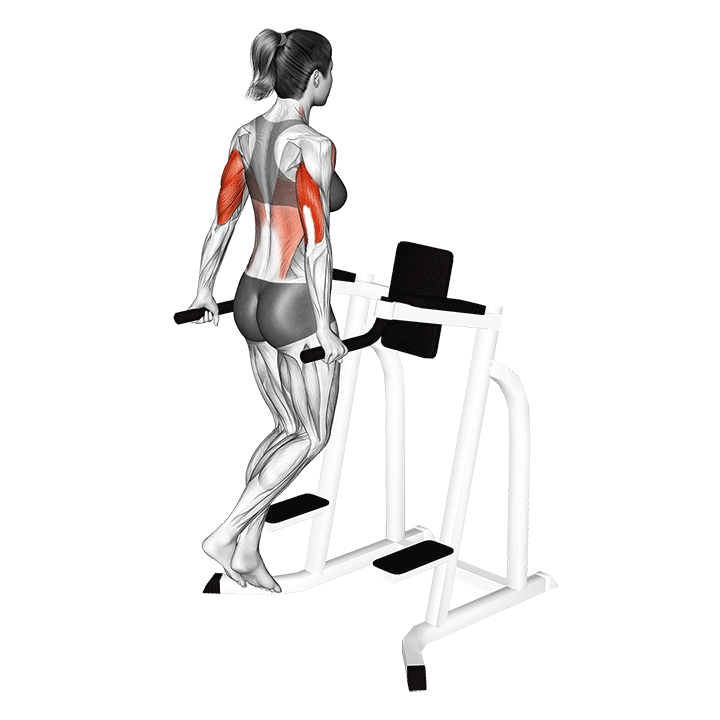
This is done so as to train the chest, triceps and shoulders in a more intense manner, reducing how much volume is needed to to reach the ideal training intensity.
Pull-Ups and Chin-Ups
Two separate exercises that are similar enough to be grouped together - chin-ups and pull-ups are iconic calisthenic exercises most often used to train the muscles of the biceps and back.
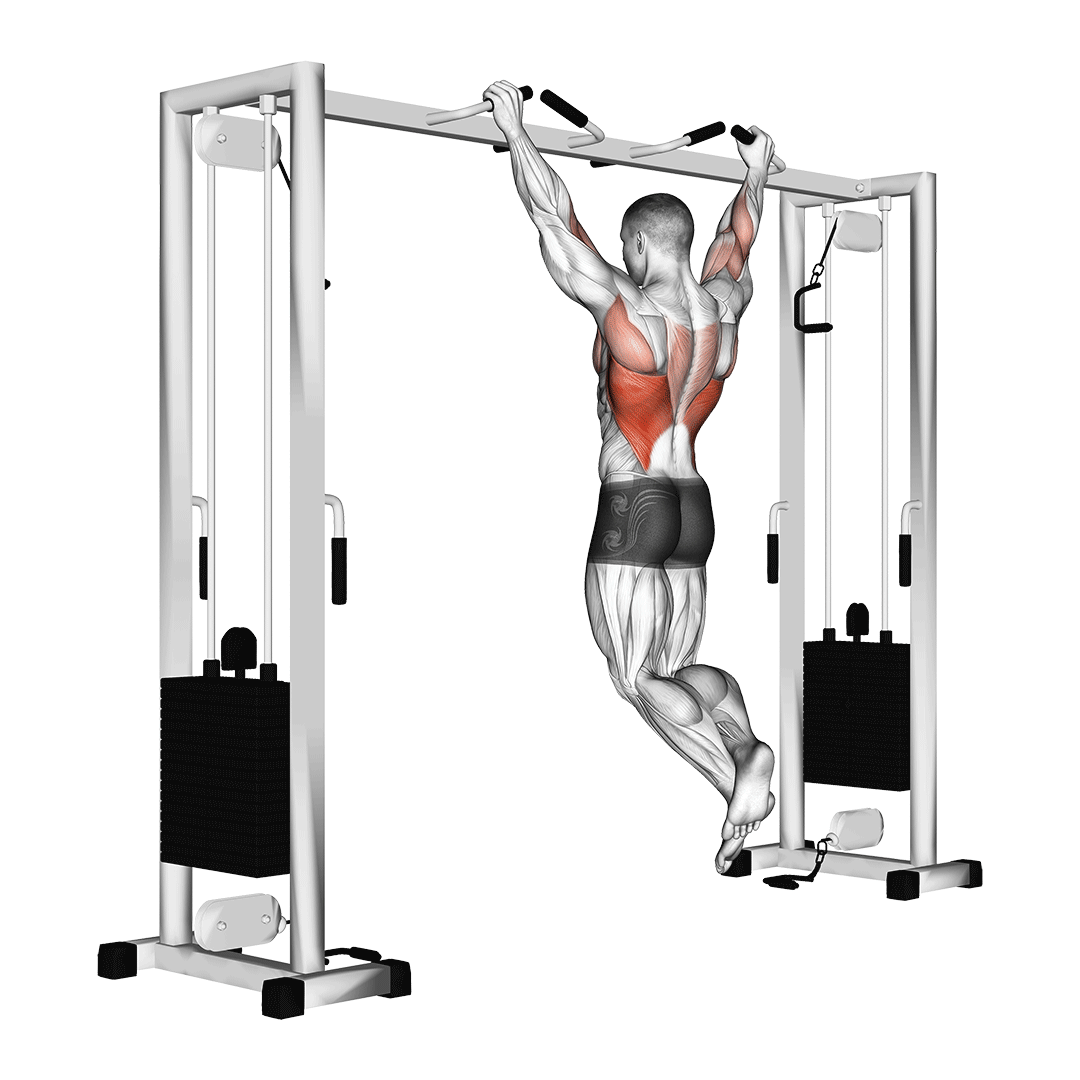
As the names imply, both involve the exerciser suspending themselves from a bar overhead before pulling themselves upwards.

The sole difference between the pull-up and the chin-up lies in the grip used; pull-ups involve a pronated grip, and chin-ups a supinated grip. This shifts the focus between the back and the biceps respectively.
Bodyweight Squats
One of the most common lower body exercises is simply the action of squatting to parallel depth. This is otherwise known as a bodyweight squat, and is performed so as to train the muscles of the legs, including the glutes and hamstrings.
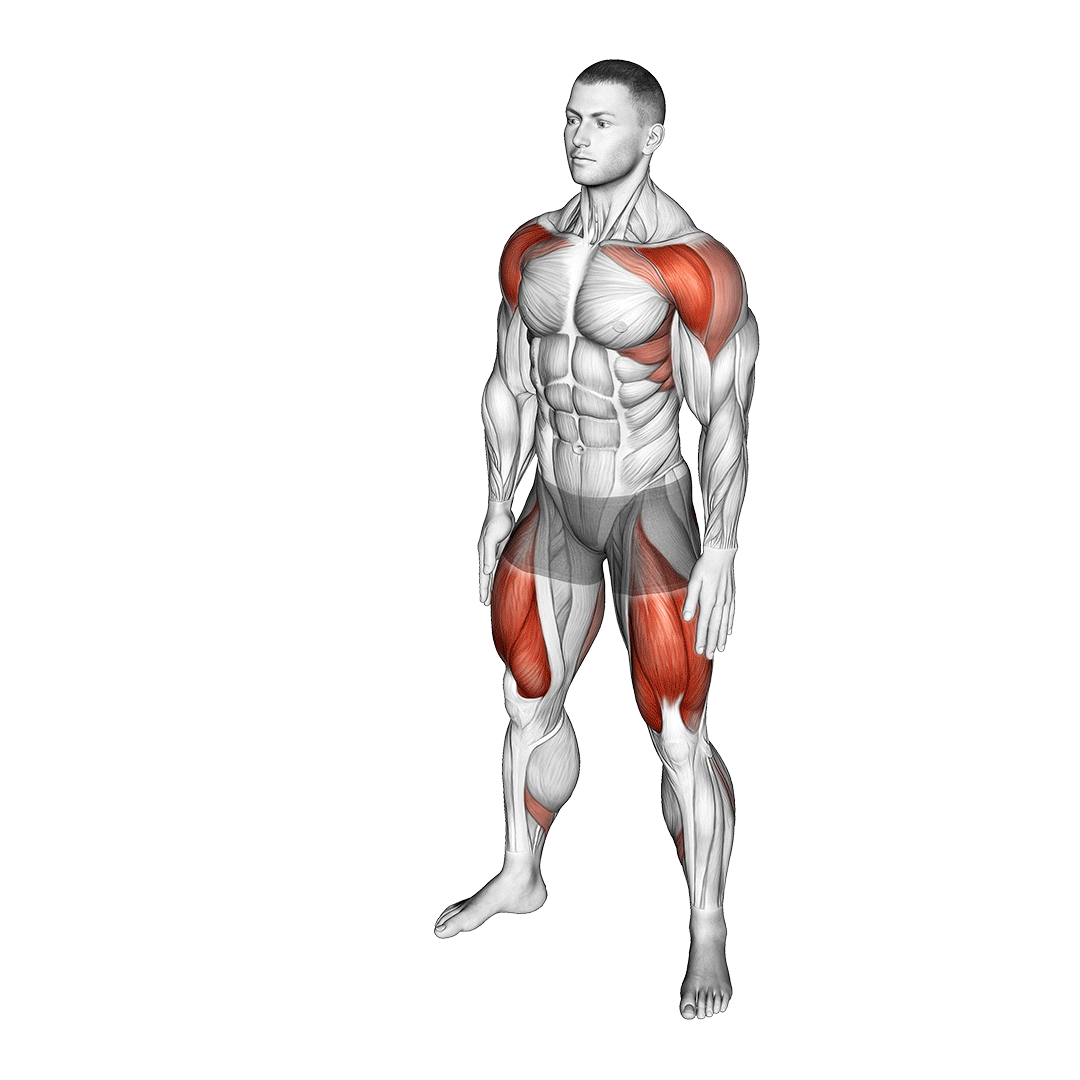
Split Squats, Lunges and Step-Ups
Although three distinct exercises, lunges, step-ups and split squats are also common calisthenic exercises employed to train the muscles of the lower body.
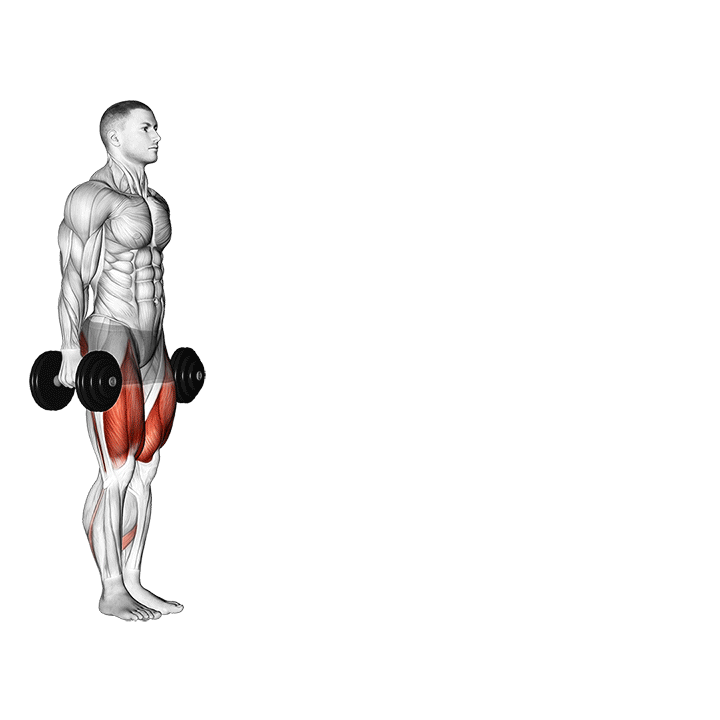
Unlike bodyweight squats, these three exercises and their subsequent variations involve unilateral movement of the legs, and are performed so as to avoid the excessively high volume sets that are characteristic of conventional calisthenics squats.
Crunches, Planks, Sit-Ups and Other Abs Exercises
Although unbeknownst to those performing it, quite a number of core exercises fall under the category of calisthenics.
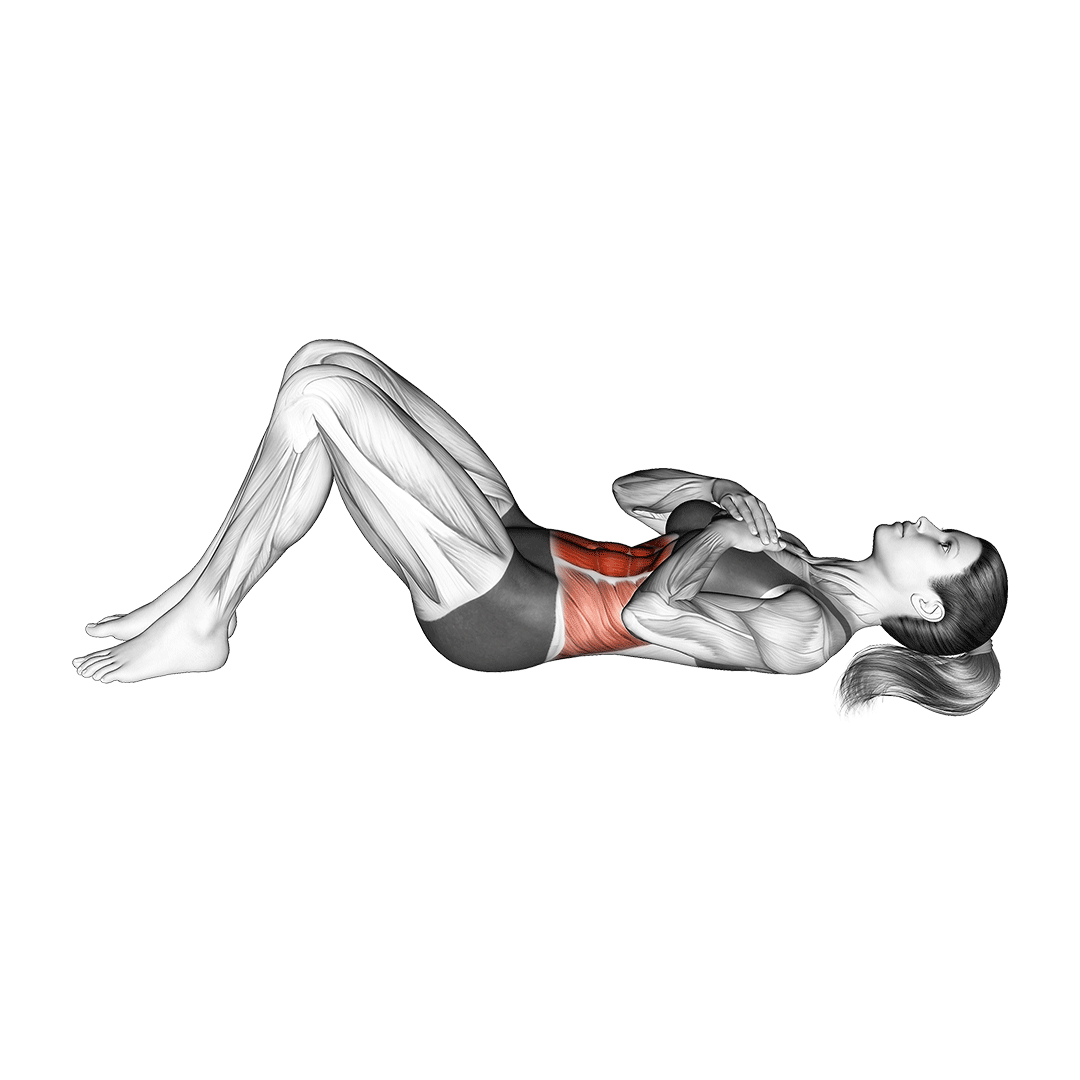
Among the most common of such are crunches, sit-ups and planks - all of which are abdominal isolation exercises performed so as to create stronger and more well-defined abs.
Final Thoughts
Calisthenics training is as fundamental as it is effective, and can help any individual reach their workout goals when utilized correctly.
In order to build a strong and flexible body with calisthenics, ensure that you are following a sound training program, and that the utmost attention is being paid to proper form alongside other optimal training practices.
References
1. Butler, Frank & Hughes, John & Moore, Joseph & Bennett, Brad & Thorson, Lisa & Deuster, Patricia & Singh, Anita & Walters, Kevin & Giebner, Steve & Becker, Denise. (1997). The Navy SEAL Physical Fitness Guide. 307.
2. Thomas, Ewan & Bianco, Antonino & Mancuso, Esamuela & Patti, Antonino & Tabacchi, Garden & Paoli, Antonio & Messina, Giuseppe & Palma, Antonio. (2017). The effects of a calisthenics training intervention on posture, strength and body composition. Isokinetics and Exercise Science. 25. 1-8. 10.3233/IES-170001.
